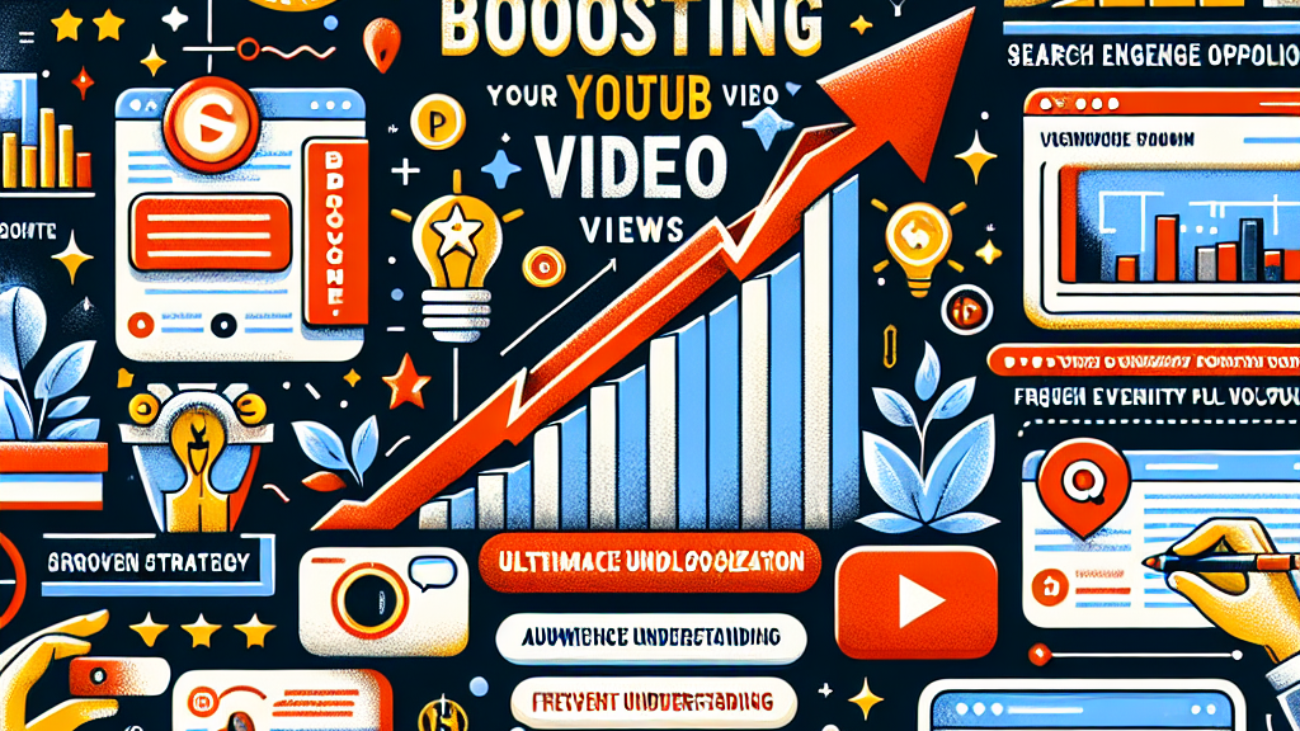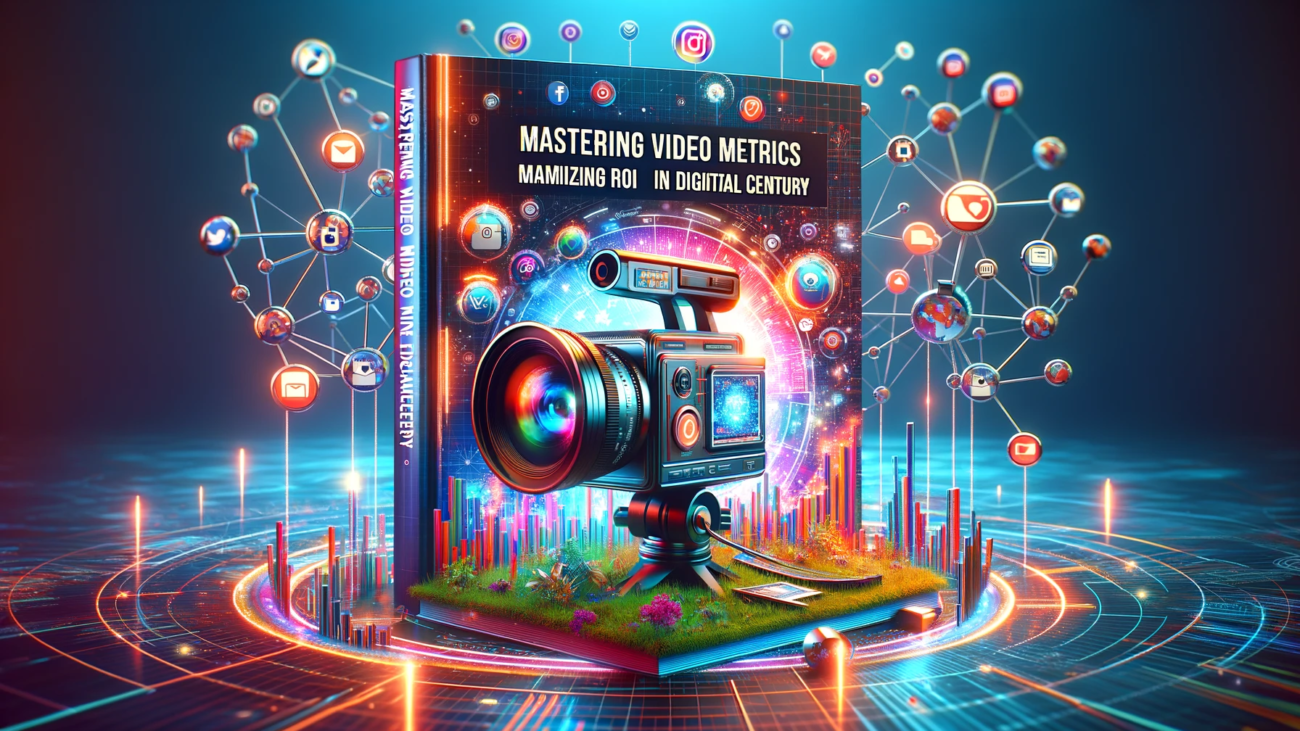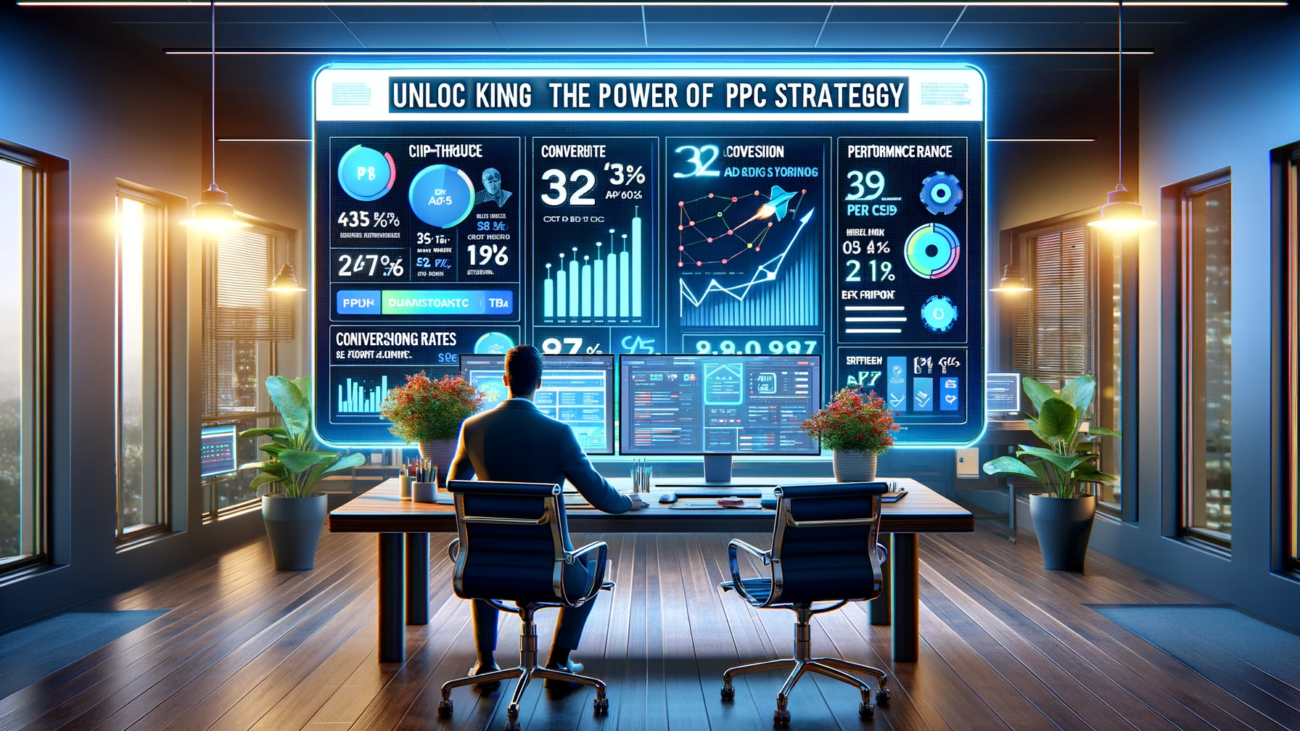Intro
In the ever-evolving digital landscape, YouTube has emerged as a dominant platform, competing fiercely with traditional entertainment sources such as television. The platform boasts over two billion active users per month, making it a preferable choice for marketers to reach mass audiences. This article will walk through practical techniques to increase YouTube video views, the role of content strategies, and the importance of SEO in boosting YouTube growth.
YouTube Growth Tactics
Growing your YouTube channel involves meticulously planning and executing a range of strategies. Below are tried-and-true tactics that can effectively pave your way to YouTube’s popular pages:
1. Understand Your Audience: To build a successful YouTube channel, you need to understand who your audience is and what they crave. Market research can help you determine their preferences, allowing you to produce and tailor content that aligns with their interests and needs.
2. Consistent Posting: Consistency is crucial. Ensure that you’re posting regularly, and maintains a schedule, whether it’s daily, weekly, or even fortnightly. Regular updates keep your audience engaged and bring them back to your channel for more.
3. Quality Over Quantity: The quality of your content is imperative. Keep your video production values high, ensure that the script, visuals, and audio are of top-notch quality. Your viewers are more likely to share and recommend high-quality videos.
4. Utilize Collaboration: Collaborating with other YouTube channels that have a similar audience as yours can help attract more viewers. Collaboration videos often yield a boost in subscribers as viewers from both channels get exposed to different content creators.
Content Strategies for YouTube
If you’re looking to reach, engage and convert more viewers, your YouTube strategy should be content-focused. Follow these fundamentals for a solid content strategy:
1. Know Your Niche: Identify a unique niche that resonates with your audience and stick to it. Niching down allows you to focus and deliver valuable content that speaks to your targeted audience.
2. Inspire through Storytelling: Successful YouTube channels use storytelling to capture viewers’ attention. Communicate your message by crafting compelling narratives that evoke emotions and keep viewers watching.
3. Educational and Tutorial Videos: From cooking demonstrations to technology reviews, educational and how-to videos are in demand on YouTube. Viewers often seek practical knowledge and gain value from these types of videos.
4. Engage in Trending Topics: Incorporating trending topics into your content can help it show up in relevant searches and gain more views.
SEO for YouTube
Search Engine Optimization (SEO) is necessary for every content creator, especially on YouTube. Here are some SEO tips to increase your video visibility:
1. Keep Your Title Short and Captivating: Your video title should accurately depict the content and lure viewers in. Make sure it’s short, intriguing, and contains the targeting keywords.
2. Use Descriptive and Keyword-Rich Descriptions: A well-written description doesn’t just inform users about your video; it also influences its ranking on YouTube. Use relevant keywords and phrases that viewers are likely to use when searching for your content.
3. Leverage Tags: Tags make your videos discoverable to the viewers who are interested in your content. Use a mix of broad and specific tags, ensuring relevance to the video content.
4. Create Custom Thumbnails: Thumbnails act as the cover poster for your video. It’s essential to use high-quality, engaging pictures that compel users to click on your video.
Conclusion
Amplifying your YouTube video views involves understanding the platform’s metrics, catering to your audience’s preferences, and leveraging SEO best practices. By embracing these strategies, you can ensure a vital presence on YouTube and efficiently build a following that values your content. Remember, the key to YouTube success lies in understanding and delivering what your audience wants while constantly innovating. SEO practices go hand-in-hand with content creation, ensuring your content gets the visibility it deserves. Standing on the top of YouTube’s search engine podium is no easy feat, but persistence, patience, and consistency will certainly get you there. So, get ready to create, optimize, and grow your YouTube channel!
While it may seem like a lot of work, growing your YouTube audience is definitely worth the effort. Videos are an extremely powerful tool in today’s digital age, and YouTube is the perfect platform to share them. By masterfully crafting content strategies and using SEO, you can ensure your content reaches the right eyes. There’s a whole world out there waiting to see what you have to offer—capitalize on these tactics and start boosting your YouTube growth today!








